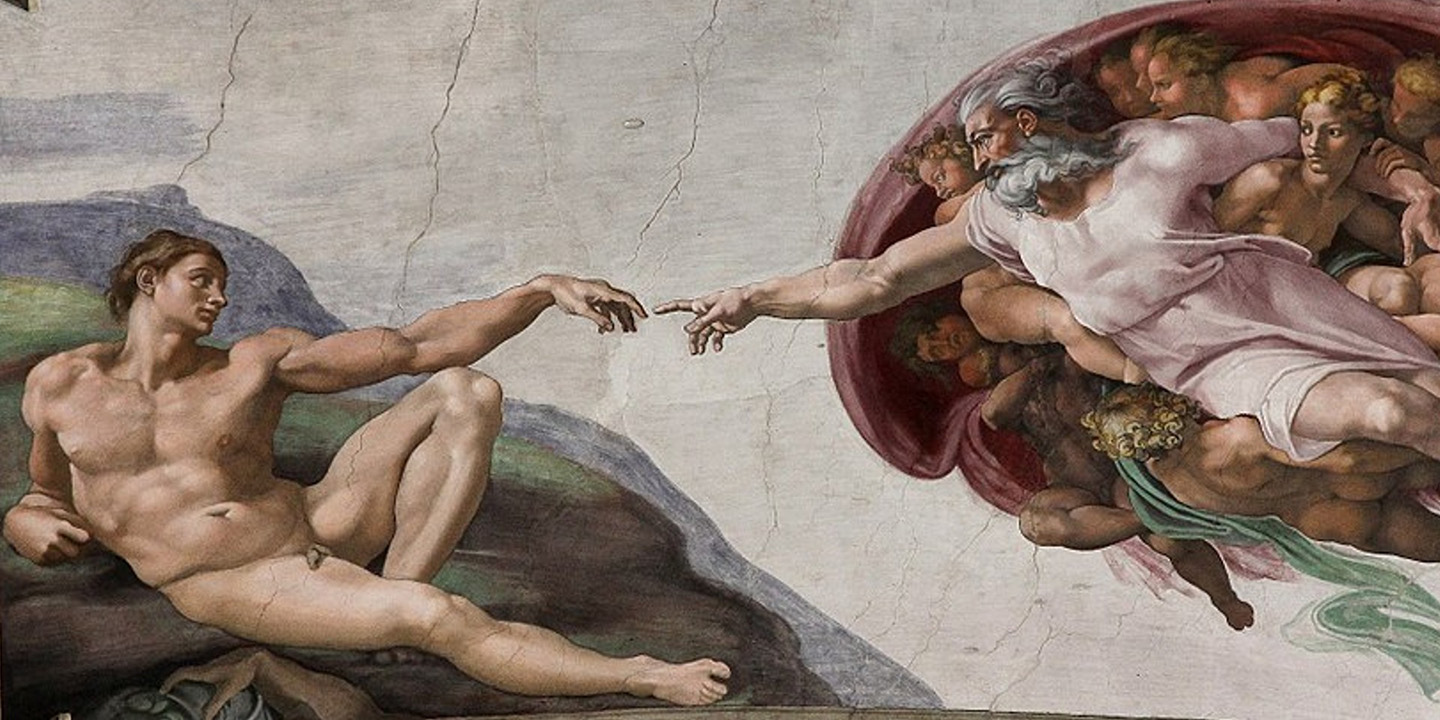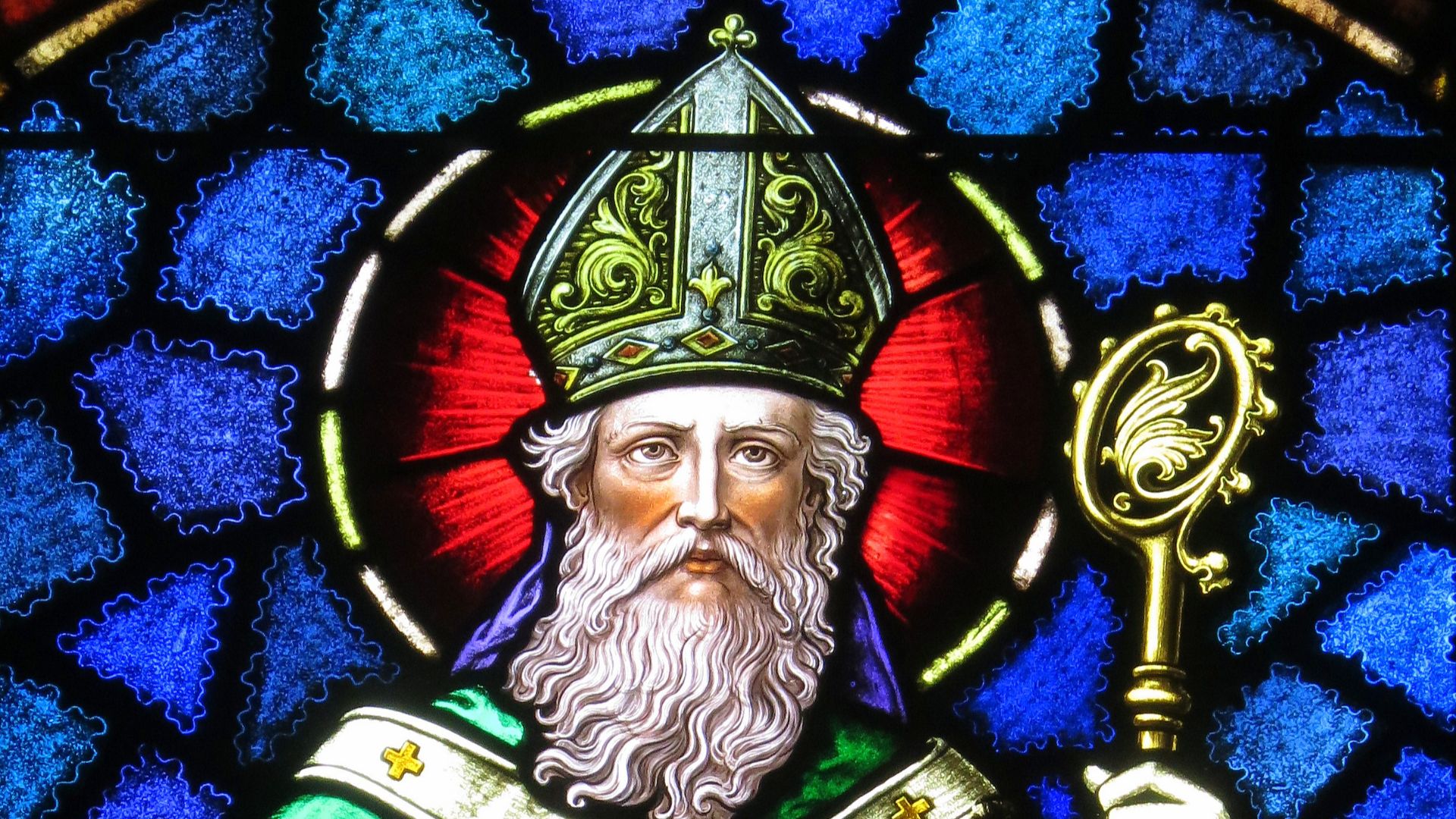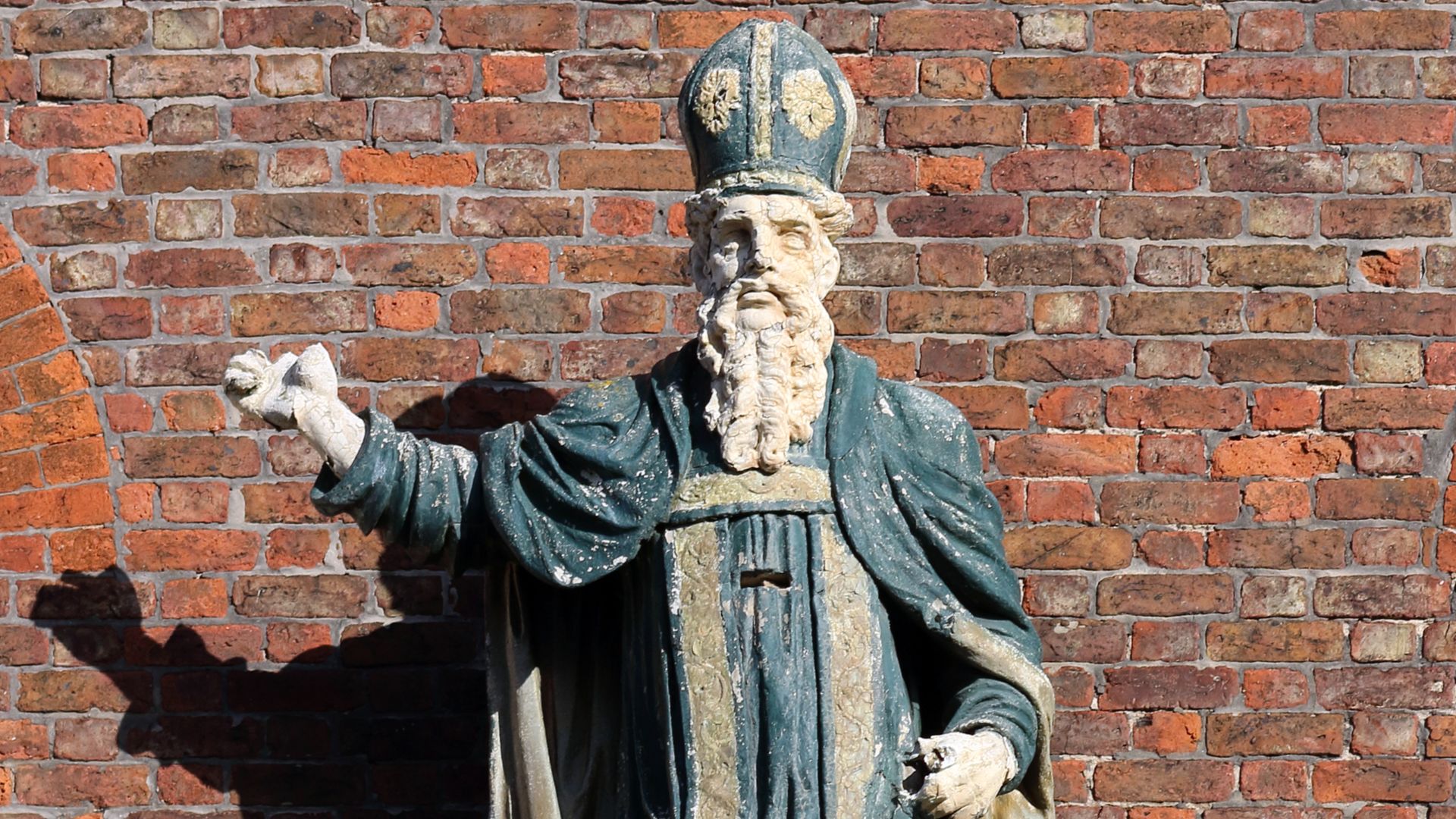20 Facts About Saint Patrick That You’ve Never Heard Before
Saint Patrick’s Secrets Revealed
Saint Patrick might be the reason you’re rocking green every March 17th, but his story goes far beyond shamrocks and leprechauns. His life was packed with wild adventures and unexpected twists. So, let's take a look at 20 facts that’ll make you see Saint Patrick in a whole new light.
1. Saint Patrick Was Not Irish
Saint Patrick, widely associated with Ireland, was actually born in Roman Britain in the late 4th century. Though he later became synonymous with Irish culture, his origins remind us that not all great figures in Irish history were born there.
2. Saint Patrick Was Kidnapped As A Teen
At just 16 years old, Patrick was snatched by Irish raiders and enslaved. For six years, he worked as a shepherd in Ireland, gaining valuable experience and eventually turning to faith. Imagine being a slave in a foreign land and emerging as the force that changed it forever.
3. Saint Patrick Was A Fan Of Nature
Throughout his writings, Patrick mentions his love for the Irish people. From the rolling hills to the lush fields, Patrick saw nature as a reflection of God’s greatness. His connection with the land added a spiritual dimension to his mission, making it resonate with the Irish people.
4. His Original Name Was Maewyn Succat
Saint Patrick sounds saintly, sure, but it wasn’t his original name. He started life as Maewyn Succat. After entering religious training, he adopted the Latin name “Patricius,” meaning “nobleman.” Can you blame him? “Saint Maewyn” just doesn’t have the same festive ring.
5. Patrick Never Drove The Snakes Out Of Ireland
The popular myth that Patrick drove snakes from Ireland is, in fact, a metaphor. There were no snakes in Ireland during Patrick’s time, as the island’s climate was too cold for them. The tale likely symbolizes the eradication of pagan practices in Ireland.
 Lyricmac at English Wikipedia on Wikimedia
Lyricmac at English Wikipedia on Wikimedia
6. He Wrote "Confessio" In His Own Hand
Saint Patrick’s own writings, notably "Confessio," provide a glimpse into his thoughts and motivations. In this autobiographical text, Patrick recounts his life as a slave, his faith, and his Christian mission. It remains one of the few firsthand accounts we have from the 5th century.
7. Patrick’s Day Was Not Initially A Feast Day
Though Saint Patrick’s Day is now a feast day, it wasn’t originally intended as such. The day didn’t become an official celebration until centuries after Patrick’s last breath. Today, the day is associated with parades, shamrocks, and Irish culture, but its religious significance evolved over time.
8. His Mission Was To Convert The Pagan Irish
Patrick’s mission in Ireland was rooted in one goal: to convert the pagan Irish to Christianity. He used his knowledge of local customs, blending Christianity with native traditions. This approach allowed Patrick to succeed in areas where previous Christian missions had faltered.
9. He Used The Shamrock To Explain The Trinity
The shamrock, now synonymous with Saint Patrick, was a tool Patrick used to explain the Christian concept of the Trinity. By demonstrating how the three leaves of the shamrock represented the Father, Son, and Holy Spirit, Patrick made complex theology more relatable to the Irish people.
10. Saint Patrick’s Death Remains Uncertain
The exact date of Saint Patrick’s death remains uncertain, though it is generally believed he died on March 17th, around the year 461. The fact that his death date is still debated speaks to the mystery surrounding his life and adds a layer of intrigue to his legend.
11. Saint Patrick Was Made A Bishop
Patrick was consecrated as a bishop before his return to Ireland. This position gave him the authority to lead the Christian mission in Ireland. His role as a bishop allowed him to establish churches and baptize thousands, cementing his status as Ireland’s patron saint.
12. His Feast Day Is Celebrated Worldwide
Saint Patrick’s Day, celebrated on March 17th, has become a global event. Beyond Ireland, communities around the world—from the United States to Japan—mark the day with festivities. The day celebrates not only Saint Patrick’s legacy but also Irish culture and heritage.
13. His Family Was Wealthy
Patrick came from a well-off family. His father was a deacon, and his grandfather was a priest. This means Patrick had a solid Christian upbringing before being taken as a slave. It’s fascinating that someone from such a privileged background would end up dedicating his life to the Irish people.
 bobosh_t AKA "Father Ted" on Flickr, Christ the Saviour Church. on Wikimedia
bobosh_t AKA "Father Ted" on Flickr, Christ the Saviour Church. on Wikimedia
14. He Was Associated With The Color Blue
Green dominates Saint Patrick’s Day now, but blue was his original color. “Saint Patrick’s Blue” even appeared on medieval flags and ancient robes. Green only became popular centuries later when Irish nationalists adopted it as a symbol of rebellion and Irish pride.
15. Never Officially Canonized As a Saint
No Vatican stamp. No ceremony. Patrick became a saint in the old-fashioned way through popular acclaim. He lived in the 5th century, long before formal canonization existed. Nonetheless, Patrick's sainthood is unquestioned, based on his profound impact on Christianity in Ireland.
16. He Is The Patron Saint Of Engineers
He is the patron saint of the people of Ireland and also of engineers. This title stems from his work building churches, schools, and other structures during his missionary work in Ireland. His hands-on approach to spreading Christianity through physical buildings ties him to the engineering profession.
17. A Sacred Pilgrimage Site Bears His Name
Lough Derg in County Donegal is home to Saint Patrick’s Purgatory—a site of extreme Catholic pilgrimage. Patrick was said to have had a vision of purgatory there. Even today pilgrims fast and walk barefoot for days in solemn tribute to their spiritual ancestors.
18. He Was A Pioneer In Using Local Symbols
Instead of imposing foreign religious symbols, Saint Patrick cleverly used local symbols to spread Christianity. For example, he combined the cross with the sun symbol to create what is now known as the Celtic Cross. This fusion made Christianity more relatable to the Irish.
 Wilfredo Rafael Rodriguez Hernandez on Wikimedia
Wilfredo Rafael Rodriguez Hernandez on Wikimedia
19. His Legacy Lives On In Irish Symbols
Saint Patrick’s influence can still be seen today in Irish symbols like the shamrock, Celtic cross, and harp. These symbols, which have deep significance, reflect both his missionary work and the lasting cultural identity of Ireland, ensuring his legacy endures.
20. He Publicly Clashed With Druids
Saint Patrick’s mission sparked clashes with druid priests who opposed Christianity. Stories of magical showdowns, blazing fire pits, and powerful curses—though likely exaggerated—reflect a deep spiritual rivalry that helped shape Ireland’s early religious identity and added drama to his lasting legend.
KEEP ON READING

20 Facts About Jane Grey, The Forgotten Queen Of England
A Quick, Messy, and Tragic ReignLady Jane Grey never wanted…
By Maria Cruz Jan 31, 2025
From School Plays To Starting A Cult: 20 Of The…
The Books That Made UsMany people will tell you a…
By Farva Ivkovic Jan 31, 2025
Cities With The Most Traffic In The World
If you think your commute is bad, check out the…
By Robbie Woods Mar 31, 2021
Reasons To Consider Leasing A Car
Rumor has it that younger generations are either no longer…
By Robbie Woods Nov 30, 2021
All About Sedan Cars
Sedans (sometimes referred to as Saloons) is the ideal car…
By Kevin Cheatley Nov 30, 2021
The 20 Biggest Renaissance Figures & What They Did
This Is Why The Renaissance Was A Special Era In…
By Emilie Richardson-Dupuis Oct 30, 2024


















